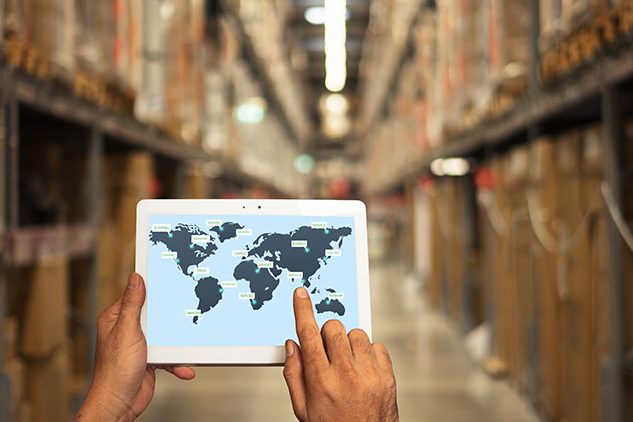How to Remain Flexible as the Shipping Crisis Worsens

Last year, many supply chains bent and broke under the strain of consumer demand. As a result, shelves were left empty and customers grew fearful and frustrated. Retailers and eCommerce businesses also felt the pain, as both high-demand products and shipping services got more expensive.
Unfortunately, despite our hopes that the global supply chain would hit its stride again, we’re still grappling with major backlogs and expensive shipping. According to the Drewry World Container Index, the cost to ship 40-foot containers has shot up by nearly 345% in the last year.¹ Meanwhile, major port closures like that of China’s Ningbo port and backlogs like those in Savannah, Los Angeles, and Long Beach are fanning the flames.
And with the holiday season right around the corner, this doesn’t bode well for retail and eCommerce businesses. Here’s how the shipping crisis will likely impact B2C businesses over the next four to five months and what you can do to mitigate it.
Carriers Will Get More Expensive & Less Available
As retailers around the globe scramble to bulk up their inventory before the holidays, carriers will get busier and busier. This will further increase prices for shipping, as these carriers raise their rates to accommodate the increased demand (as well as higher gas prices).
Where does that leave eCommerce brands and retailers who don’t have their own fleet of dry van and flatbed trucks? Out of luck. That is unless they partner with a 3PL who can:
- Leverage partnerships with carriers to get customer orders moving quickly
- Negotiate rates for loads on their behalf
- Increase visibility into last-mile delivery with real-time notifications
With strong connections to carriers all over the globe, Radial has the capacity to get your inventory from your fulfillment centers to your customers, quickly. Our iShip and ShipQuik solutions also enable you to save money on your fulfillment efforts, which means you can effectively offset some of the costs you’re currently incurring at major U.S. ports.
Customers Will Get Impatient
Consumers don’t like waiting two days for their orders to arrive. So, naturally, telling them the decor and gifts they purchased won’t arrive until after the holidays is bound to cause some frustration. It may even encourage these customers to abandon your brand altogether for a competitor who has the product in stock.
How do you work with customers in this situation? Here’s a simple way.
You can leverage your inventory management solution to see if another location (i.e. store or fulfillment center) has the product in stock and available to ship. If so, you can spread your inventory around while you wait for the latest stock to arrive.
However, if your inventory is stretched thin across your organization, you can recommend similar products (by color, type, and style) and provide alternative options that might interest them instead. While this isn’t guaranteed to appease irritated shoppers who are looking for a specific product, it will encourage many to continue browsing your catalogs until they find an item they want.
Warehouses Will Struggle to Make Room
While a lot of the supply chain problems exist on the transportation side of the operation, retailers and eCommerce businesses can exacerbate the problem without even realizing it.
Warehouses have finite space to house products. And this year, they have limited flexibility too. As a result, if a retailer stocks too much of an unpopular product and not enough of a wildly popular one – they’re stuck. They can’t magically make more space appear to bring in a bulk shipment of the popular one without dumping others. And as-needed restocking isn’t an option either, as shipments can languish for months a few miles from the coast.
How can retailers figure out exactly what they need when they can’t peer into the future? Simple.
They can leverage predictive analytics to identify popular products and stock the right amount of each item months ahead of time. With predictive analytics, they can also make proactive adjustments as needed, which will keep their company ahead of the curve as customer purchasing soars.
There’s no denying it. Supply chains are in crisis mode. And it’s going to take time to get shipping efficiency back to an acceptable level. Luckily, there are some measures that retailers and eCommerce brands can take in the meantime. From partnering with a 3PL like Radial to leveraging inventory management and predictive analytics, you have tools at your disposal to make this year’s peak season a successful one.
Sources:
¹ “World Container Index – 16 Sep 2021”, Drewry, September 2021
